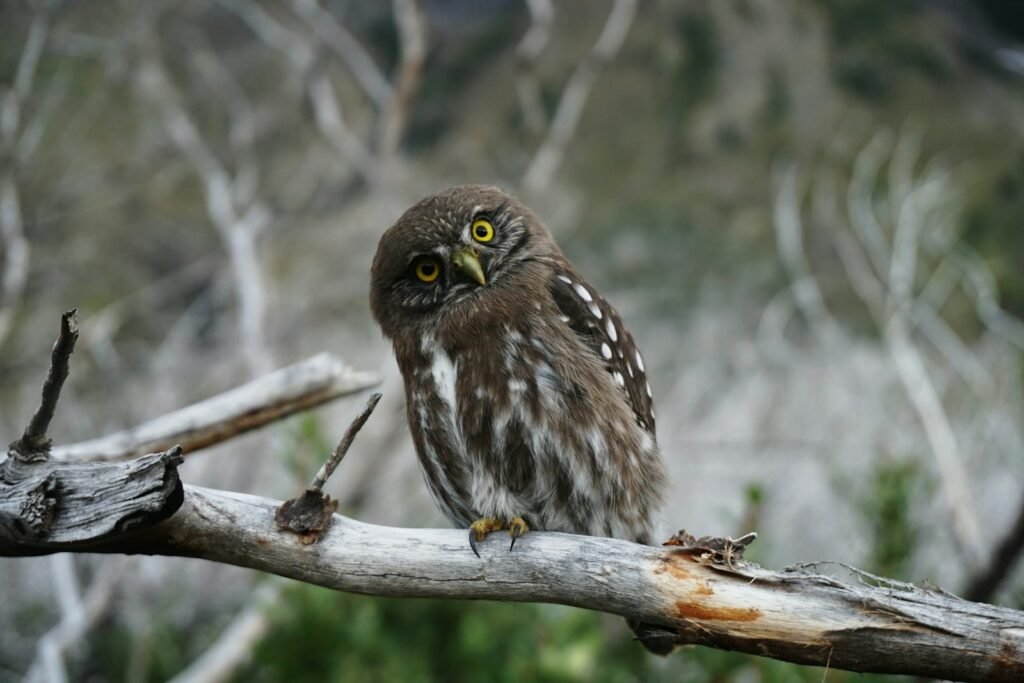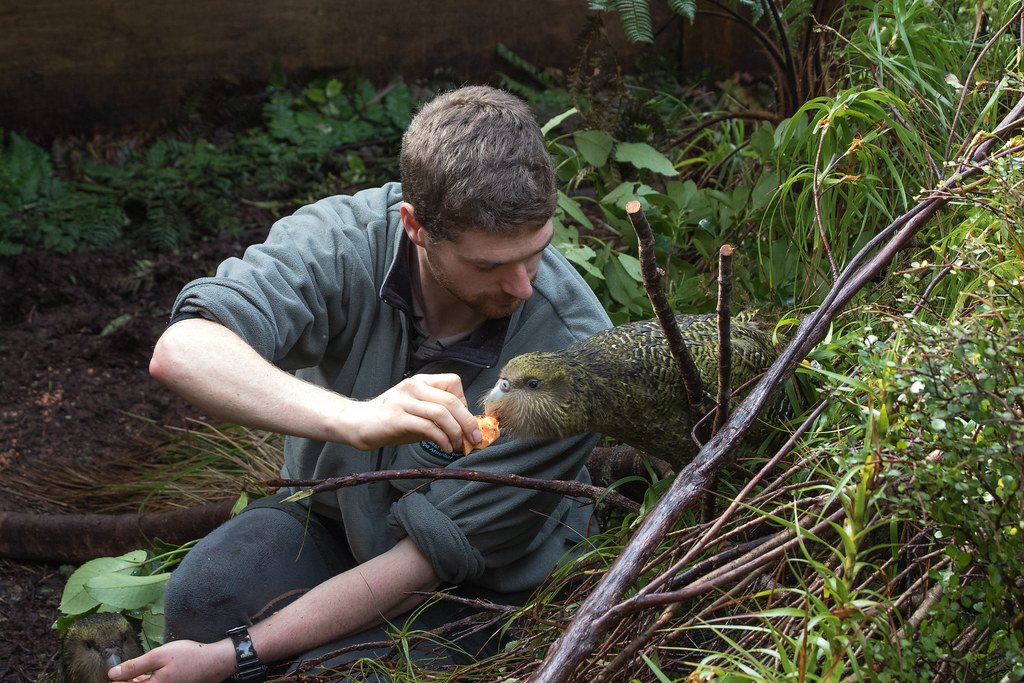Before dawn in the Pacific Northwest, the forest feels like a cathedral: breath held, moss shining with a damp glow, and somewhere in the canopy a soft question floats through the dark. That voice belongs to an owl whose world is shifting faster than it can fly, and scientists are racing to read the signals before they go silent. The mystery is simple to ask but hard to solve: what, exactly, is happening to these forests – and can we change their fate in time? The answers are arriving from a blend of old-school fieldcraft and cutting-edge tech, stitched together by people who love these trees enough to walk them in the rain. I’ve stood on those muddy roads listening for a call that didn’t come, and that absence is the loudest sound of all.
The Hidden Clues

The first surprise is that owls leave data everywhere if you know where to look. Feathers snag on bark, pellets collect at the bases of big trees, and faint tracks pock the ground in damp duff. Biologists map these traces to reveal hunting routes and favorite perches, building a picture of the neighborhood from the crumbs of everyday life. Tiny temperature loggers tucked into nest cavities record how cool and moist the microclimate stays through heat waves. When those readings drift upward, it’s a sign the canopy is thinning and the sheltering architecture is unraveling.
Listening adds another layer to the map. Owls broadcast their boundaries with calls, and the timing, pitch, and spacing of those notes say a lot about who’s home and who’s missing. Autonomous recorders now sit quietly on trees for months, soaking up sound from frogs, streams, wind, and wings. With careful analysis, researchers can separate an owl’s steady claim from the noise of a storm or the creak of a snag. The result is a soundscape that shows not just presence, but stress, competition, and seasonal rhythm.
From Ancient Tools to Modern Science

For decades, crews hiked in at night and used their voices to coax a reply, a method that still works and still matters. Today, that tradition is paired with machine learning that can sift tens of thousands of overnight recordings and flag likely detections. Laser mapping from aircraft traces the height and complexity of the canopy, revealing where branches interlock to form the cool, shadowed vaults owls prefer. Satellites track fire scars, logging edges, and regrowth, frame by frame, so scientists can see how habitat changes year by year. It’s a marriage of boots-on-the-ground intuition and birds-eye precision.
Diet studies are evolving too. Classic pellet work – sorting bones and fur to tally prey – now plugs into DNA tools that identify species from minute fragments. That means we can watch what happens when drought shifts the menu or when a rodent outbreak briefly fattens the forest. Models that combine food, cover, and competition predict where an owl might still succeed and where it’s likely to fade. None of these methods is perfect, but together they reduce the guesswork and sharpen the map of risk and refuge.
Fire, Heat, and the Shrinking Islands of Cool

The Pacific Northwest is famous for rain, but in recent summers the story turns to heat and fire. Large, fast-moving fires have carved through swaths of old forest, leaving gaps that can take a lifetime to heal. Owls don’t just need trees; they need particular trees arranged in particular ways – layered canopies, big trunks, and the deep shade that holds moisture. When a stand loses that structure, the microclimate warms and dries, and the “islands of cool” the birds rely on begin to fragment. Think of it like breaking the rungs of a ladder; the climb is still possible, but suddenly risky and slow.
Forest ecologists point to a path forward that isn’t flashy but is proven. Thinning overly dense second-growth and applying prescribed fire in careful windows can tamp down the worst flames while preserving old giants. Riparian corridors – those ribbons of wet along streams – act as natural fire breaks and cooling lanes, which helps owls and everything they eat. After big burns, planting a mix of species and giving time for dead wood to do its quiet work can rebuild habitat complexity. Recovery is never instant, yet a thoughtful mosaic can keep the ladder’s rungs intact enough for owls to cross.
The Barred Owl Problem

Another pressure comes not from flames but from a neighbor that moved in and won the parking spot. Barred owls, originally from farther east, have spread across the region and thrive in all sorts of forests, including those patched by roads and rivers. They’re generalists, louder, and often more aggressive, which puts native owls on the defensive. In places where barred owls surge, native pairs call less, hunt less efficiently, and sometimes vanish. It’s a classic ecological squeeze: in the same kitchen, one diner eats everything before the other can lift a fork.
Managers face hard choices here. Some landscapes test targeted removal of barred owls to reduce immediate pressure on native populations, while simultaneously expanding habitat restoration. Others focus on protecting the best remaining old forest – cool, complex, and harder for generalists to dominate. The strategy is adaptive, shifting as new data arrive, because this is a moving contest played out tree by tree. It’s uncomfortable work, but avoiding the question often means letting the aggressive player rewrite the rules.
Why It Matters

Owls are more than a symbol on a trail sign; they’re a shorthand for an entire living architecture. When their numbers wobble, it signals that the scaffolding of the forest is shaking too. Old forests stabilize slopes, cool streams for salmon, and store enormous quantities of carbon in trunks and soil. Communities rely on these services even if they never set foot on a mossy path, because clean water, steady hillsides, and safer fire behavior are household-level benefits. Protecting the pieces that owls need often protects the pieces people need as well.
Here’s a quick snapshot that keeps the stakes in view:
– Old, large-diameter trees and layered canopies create cooler, moister microclimates during heat waves.
– Forests with mixed age classes and regular low-intensity fire are less likely to suffer the most severe burns.
– Habitat that supports native owls also shelters the prey base, from woodrats to voles, that powers the entire food web.
Comparing yesterday’s single-resource management with today’s whole-ecosystem approach, the latter tends to reduce surprises and increase resilience. In plain terms, it’s the difference between counting trees and counting on forests.
The Hidden Clues Beneath Our Feet

Soil might not seem like owl habitat, but it’s the foundation of the rooms they live in. When fires burn too hot or logging removes too much coarse wood, soils lose their sponge-like capacity to hold water and nutrients. That ripple travels upward: understory thins, prey fluctuates, and the stable, shadowed feel of old groves starts to flicker. Scientists install moisture probes and sample fungal networks to track how quickly the forest’s plumbing is recovering. These measurements often predict whether a stand will regain its cooling canopy or stall out in a dry, shrubby limbo.
There’s a human lesson in the dirt as well. Restoration crews that leave downed logs, protect nurse stumps, and plant a mix of species are essentially rebuilding a living air conditioner from the ground up. Tribal forestry practices that balance thinning, cultural burning, and respect for old trees are informing new prescriptions. Over time, those choices translate into more consistent shade, more prey, and steadier nesting options. If the canopy is the roof of a cathedral, the soil is the stonework that keeps it standing when the weather turns rough.
From Field Notes to Forecasts

One of the most hopeful shifts is how quickly new observations turn into practical guidance. A season of acoustic detections can refine a model that guides where to prioritize treatment or protection the very next year. Satellite updates fold in, showing where lightning struck, where winds opened gaps, and where regrowth is outpacing loss. Managers can test alternative futures – more thinning here, tighter riparian buffers there – and see which pathways keep habitat connected. It’s like switching from paper maps to live traffic: same destination, far fewer wrong turns.
Still, forecasts are only as good as the humility behind them. Scientists constantly check predictions against fresh fieldwork, adjusting for surprises like late-summer storms or sudden prey booms. Communities share what they see on the ground – smoke patterns, stream flows, unusual wildlife behavior – to calibrate the big-picture view. The feedback loop is messy and human, and that’s a strength, not a flaw. In a changing climate, the ability to learn fast may matter as much as any single policy.
The Future Landscape

What comes next blends tech with touch. Expect more autonomous listening posts, better algorithms that reduce false alarms, and satellite constellations that read forest structure with startling clarity. On the ground, restoration is likely to aim for patchworks that interrupt extreme fire while protecting the oldest, most complex stands. Wildlife crossings and riparian corridors will double as climate corridors, giving owls and their prey safer routes as conditions shift. Globally, these lessons will echo in other temperate rainforests where moisture, wood, and wildlife are locked in the same delicate bargain.
The toughest part won’t be collecting data; it will be acting on it at the speed the climate demands. That means funding multi-decade projects, not just single grant cycles, and accepting that success is measured in quieter emergencies and longer stretches without bad news. It also means recognizing that some places will change no matter what we do, and choosing where to hold the line with care. The hopeful truth is that forests are remarkably forgiving when given room and time. If we can buy them both, owls stand a fighting chance.
What You Can Do Now

Start simple: get to know a nearby forest in every season and notice when it sounds different. Support local groups that protect riparian buffers, help with post-fire planting, or maintain trails so people and wildlife aren’t competing for the same narrow space. When prescribed burn notices appear, ask informed questions and be ready to tolerate a little planned smoke to avoid a lot of catastrophic smoke. Volunteer for community science projects that log bird calls or track forest change; many programs provide training and lend gear. Your observations feed the same models that guide big decisions.
If you work in policy, planning, or education, push for long-term funding and standards that value complexity over quick counts. If you’re a landowner, consider leaving snags, spacing trees to reduce ladder fuels, and protecting streamside shade. And if you’re simply someone who loves the hush of a mossy trail, keep showing up and bringing others along. In a loud world, choosing to listen is an act of care. The forest is speaking – are we ready to answer?

Suhail Ahmed is a passionate digital professional and nature enthusiast with over 8 years of experience in content strategy, SEO, web development, and digital operations. Alongside his freelance journey, Suhail actively contributes to nature and wildlife platforms like Discover Wildlife, where he channels his curiosity for the planet into engaging, educational storytelling.
With a strong background in managing digital ecosystems — from ecommerce stores and WordPress websites to social media and automation — Suhail merges technical precision with creative insight. His content reflects a rare balance: SEO-friendly yet deeply human, data-informed yet emotionally resonant.
Driven by a love for discovery and storytelling, Suhail believes in using digital platforms to amplify causes that matter — especially those protecting Earth’s biodiversity and inspiring sustainable living. Whether he’s managing online projects or crafting wildlife content, his goal remains the same: to inform, inspire, and leave a positive digital footprint.




